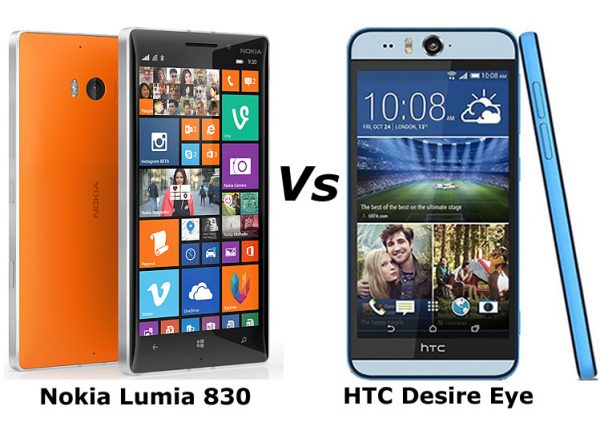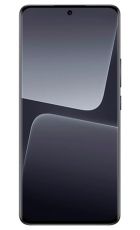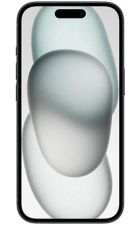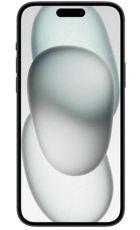While the most exciting phones tend to be those at the top end of the market there are interesting things being done in the mid-range too, as the Nokia Lumia 830 and HTC Desire Eye attest. The Desire Eye is a powerful and innovative camera phone, while the Lumia 830 tries to mimic a flagship at a fraction of the price.
With different goals these are understandably quite different handsets, so read on to see how far those differences stretch and how they compare.
Build

Nokia Lumia 830 (139.4 x 70.7 x 8.5mm 150g metal frame) vs HTC Desire Eye (151.7 x 73.8 x 8.5mm 154g plastic build)
The Nokia Lumia 830 aims for a high end build with a metal frame, though as the back is still plastic it’s not a match for the iPhone 6’s and HTC One M8’s of the world. At 8.5mm thick it’s fairly slim and it feels solidly built, but despite the metal frame it struggles to stand out, with a fairly plain design and a look which could make it almost any Lumia.
The HTC Desire Eye is all plastic yet it arguably looks better than the Lumia 830, thanks to a striking two-tone colour scheme. It’s also IPX7 certified dust proof and water resistant for up to one metre and 30 minutes, so it’s durable and at 8.5mm thick it’s just as slim as the Nokia Lumia 830.
Display
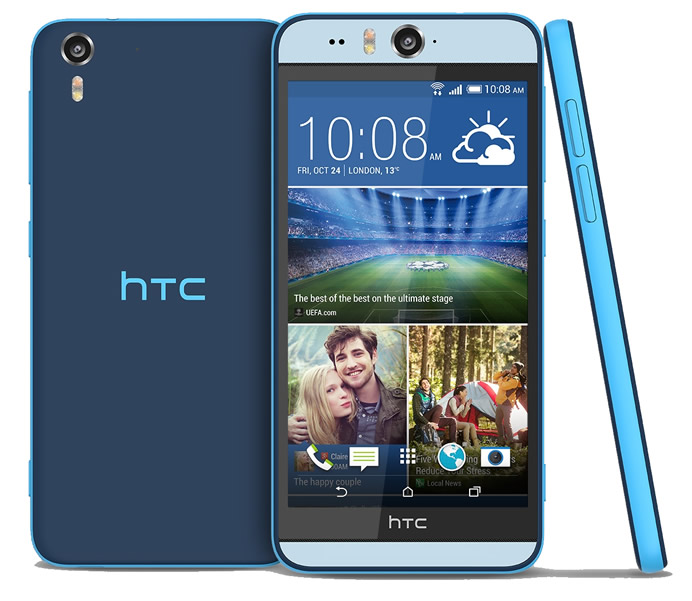
Nokia Lumia 830 (5.0-inch 720*1280 294ppi) vs HTC Desire Eye (5.2-inch 1080*1920 424ppi)
The Nokia Lumia 830 has a sizeable 5.0-inch 720 x 1280 IPS LCD display, with a pixel density of 294 pixels per inch, while the HTC Desire Eye has an even larger 5.2-inch 1080 x 1920 display with a pixel density of 424 pixels per inch.
So not only is the HTC Desire Eye larger but it’s also higher resolution and has a higher pixel density, allowing it to deliver substantially sharper images, as there’s a sizeable difference in the pixel densities of the two.
Beyond that the two screens are fairly similar and should particularly be applauded for their brightness, which also makes them easier to use in direct sunlight than many other handsets.
Power
Nokia Lumia 830 (1.2GHz quad-core 1GB RAM) vs HTC Desire Eye (2.3GHz quad-core 2GB RAM)
The Nokia Lumia 830 doesn’t have heaps of power for a mid-range phone, with just a 1.2GHz quad-core Snapdragon 400 processor and 1GB of RAM and that shows in use as while performance isn’t terrible it could definitely be smoother.
That’s not a problem faced by the HTC Desire Eye with its 2.3GHz quad-core Snapdragon 801 processor and 2GB of RAM, giving it far higher end specs and slick performance to match.
Camera
Nokia Lumia 830 (10MP rear 1080p@30fps 0.9MP front-facing) vs HTC Desire Eye (13MP rear 1080p@30fps 13MP front-facing)
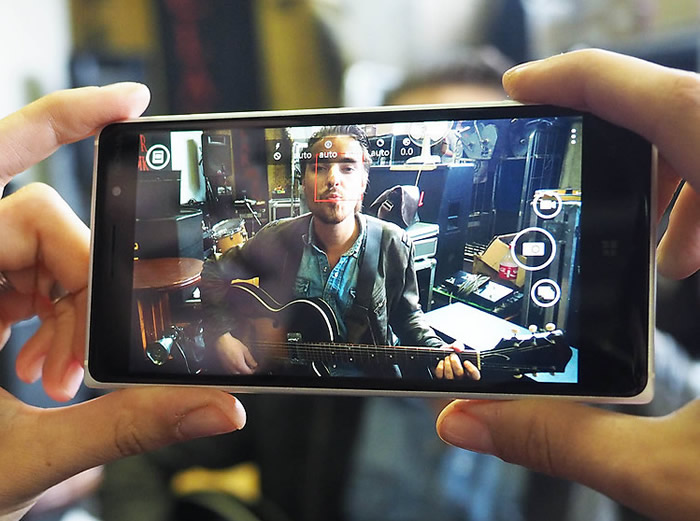
The Nokia Lumia 830 doesn’t impress as much as its rival when it comes to its camera either. Not that it’s bad by any means, in fact its 10 megapixel rear camera is capable of taking some great snaps, helped by the addition of optical image stabilisation. It’s not bad for video either, recording in 1080p at 30fps. Plus it’s got a dedicated shutter button which is always appreciated.
The HTC Desire Eye matches its rear camera performance with a 13 megapixel snapper, dual-LED flash and a dedicated shutter button, plus the ability to shoot 1080p video at 30fps, but it doesn’t top it.
It’s the front-facing camera that really lets the Nokia Lumia 830 down, as that comes in at just 0.9 megapixels, so it’s not up to much. The HTC Desire Eye on the other hand has an unprecedented 13 megapixel front-facing camera with a dual-LED flash, so it’s every bit as good as the rear camera and one of the best selfie snappers around.
Battery life, memory and connectivity
Nokia Lumia 830 (2200 mAh 16GB 4G NFC) vs HTC Desire Eye (2400 mAh 16GB 4G NFC)
The Nokia Lumia 830 has a 2200 mAh battery while the HTC Desire Eye has a 2400 mAh battery and despite in theory having a little more juice the Desire Eye’s performance is actually quite similar to the Lumia 830’s, with both lasting a day of moderate use but not much more.
That makes sense given that while the HTC Desire Eye has a larger battery it’s also got a larger screen and faster processor to power.
For storage both phones come with 16GB built in and both support microSD cards of up to 128GB, so there’s nothing to choose here.
There’s also no real difference in connectivity options, with both the Nokia Lumia 830 and the HTC Desire Eye offering Wi-Fi, 3G, 4G, Bluetooth 4.0 and NFC.
Conclusion
Looking at the comparisons above it’s easy to see that the HTC Desire Eye is the superior handset. It looks better (though arguably less premium), it’s more powerful, has a better front-facing camera and a larger, higher resolution display.
The Lumia 830 on the other hand doesn’t really come out on top in any category, though it does at least match the HTC Desire Eye for battery life, storage, connectivity options and rear camera performance.
You might think that the Desire Eye was an easy recommendation then, but there are other things to consider. For one thing the Lumia 830 is substantially cheaper, starting at around £275 SIM free, while the HTC Desire Eye comes in at upwards of £350.
Plus they run different operating systems, with the Lumia 830 on Windows Phone 8.1 while the HTC Desire Eye runs Android 4.4.4 (with a likely upgrade to Android 5.0 incoming), so if you’re dead set on Windows Phone then all the advantages of the HTC Desire Eye aren’t likely to change your mind.
The key thing though is that they’re both good phones and both are arguably worth their respective asking prices.


